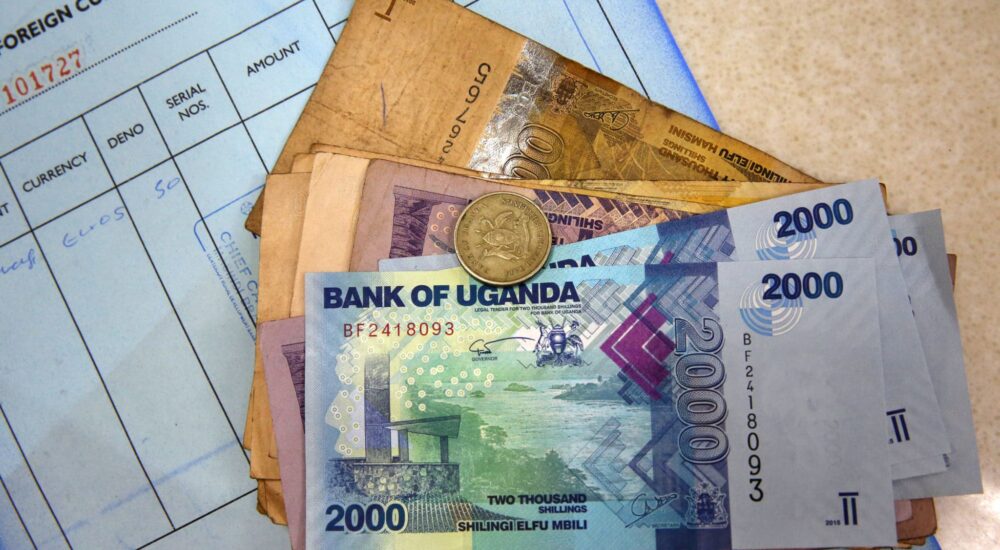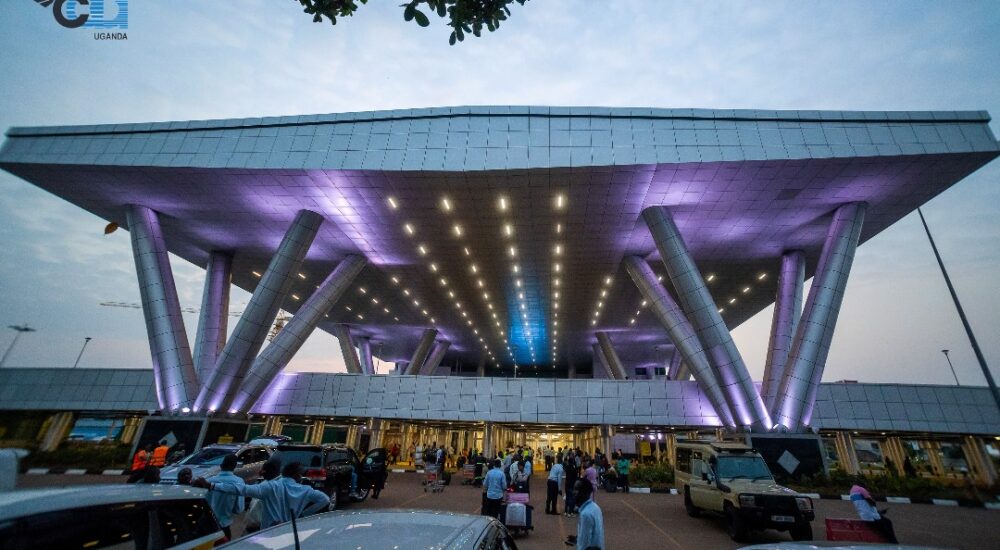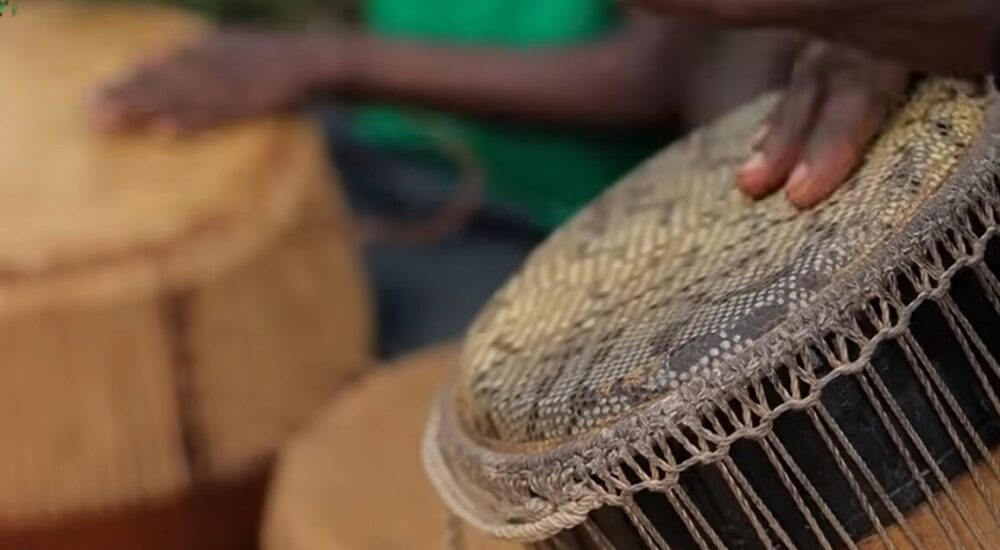Uganda, also known as the "Pearl of Africa," offers an array of experiences for travelers—from…
Festival De Gungu – Gungu Festival Congo
Festival De Gungu – Gungu Festival Congo, Every year, the National Gungu Festival (FESNAG) brings together people from all over the Democratic Republic of the Congo to enjoy their music and dance. At first, it was a way for the local people to promote the native Pende culture through tourism and social activities in order to help it grow.
The Pende are a group of people who live in the grassland south of the Equatorial forest and the Kasai Occidental. The festival’s original goal was to preserve and honor the Pende culture’s ancestors. However, it has grown to include other Congolese ethnic groups and promote the tourism, economy, and society of the places where it takes place.
Where the Festival De Gungu (Gungu Festival) came from in Congo
The start of the Gungu event.In the Democratic Republic of the Congo, the Gungu festival began in 1925 under the name Saga or Luvidia, which is a Pende word that means show, play, or celebration. It happened in the capital of Gungu in the province of Kwilo to celebrate Belgium’s freedom from the Kingdom of Belgium from 1925 to 1960. From 1986 to 1998, the event came back under the name “Festival Gungu,” but it stopped happening again.
This festival used to be called the “social cultural festival Gungu,” but in 2008, it changed its name again and is now called the “Gungu National Festival.” The 14th festival was held in Bukavu, the capital of South Kivu, in 2014. Other parts of the DRC have also held this event. As of 1980, the Democratic Republic of the Congo was known for its rumba music. Every year on July 21, the artists got together to honor Belgium’s national holiday.
Gungu Festival is a celebration of culture.
Skillfully made costumes react to specific meanings, like earth and water, fertility, and the connections between people in the community. As part of this event, the Pende honor their ancestors by dancing in masks, which is a really important part of their culture. Masks have always been important to the African people. These outfits lead to new dances and choreographies that include animal masks, parodies, hairstyles, and paintings on bodies and stilts.
The famous Gitenga Minganji circumcision masks are not only symbols of the event, but also important parts of the culture of the people who live there. They ask the souls of the dead to get involved in the lives of living things and help ecosystems stay healthy and balanced.
Men in the Pende tribe go through three initiation events, called Mukanda, Mugonge, and Kela. All of them are magical and mysterious in some way.
Young boys get up early on the day of the fair and weave raffia into costumes that follow the rules. Mubanda is still the well-known traditional school that helps kids learn how to be adults. The festival’s watchwords are “association,” “initiation,” and “secret.” They are meant to remind people of the ideals of their ancestors and how the elders ran their communities and dealt with nature before the colonizers came.
There are introduction masters who teach young people how to do the things they need to do to become adults. They can cut their bellies open and hold their insides while dancing, or they can stick sticks through their cheeks. Under the cover of darkness, people metamorphose into animals or do other kinds of sneaky magic.
The people who take part in the Gungu event are the only ones who really know how to do the different initiations. At this time, you can also visit the Gungu Museum of Ethnography, take part in drum and dance classes, and see the Lukwila Rocks and Kakobola Falls.
The Gungu festival brings together the best dancers and singers from all 11 provinces of the Democratic Republic of the Congo, Congo Brazaville, Mali, South Africa, Angola, and Namibia. Each year, the festival has a different theme. In July, the national holiday Gungu is a three- to seven-day tour where people enjoy lively traditional songs and interesting dances.
How to Get Ready for Your Trip to the DR Congo and the Gungu Festival
One of the most interesting and underrated places in the world to visit is the Democratic Republic of the Congo. It’s not like most African safari spots; it’s untouched and has a whole new world to find. You’ll have the chance to meet and talk to a lot of real locals, and you’ll learn about new customs that most people outside of that area don’t know about.
Going to the Congo is the only way to really feel like you’re in Africa. If you like to take on challenges, this is not the right road for you. But you will never regret being a part of one of the last hearts of people that hasn’t been touched by anyone else. Note that our tours of the DR Congo are only for people who have traveled before. Africa is not for everyone.
Money for your trip in Congo
The money used there is Congolese Francs (CDF). One thing that makes this coin stand out is that it can’t be changed into or sent out of the Congo. Some bills are almost useless, so it’s easier to use US dollars. But never use old dollar bills or bills for less than $20.
Instead of traveler’s checks and credit cards, it’s best to bring a money belt with US dollars that you carefully hide. There are only a few high-end hotels in Kinshasa that take credit cards.
You can change money around the port, but it’s best to get in touch with someone you can trust. (Do not be afraid to ask around your hotel)
What to Do and How to Stay Safe on Your Congo Tour
There are places where national security is at risk, like the river, the government building, and the airport, where you should not take pictures. You could be arrested for taking pictures without permission.
Even during the day, you shouldn’t walk alone unless you know the way well. Don’t walk at night either. When it comes to your safety, always listen to what the people say. Do not stay where you are after an accident because mobs may show up quickly. Keep a copy of your passport with you at all times.
Before you leave, talk to your doctor, and make sure you do everything you can to avoid getting malaria in the DR Congo.
Get a visa for Congo Kinshasa
This is what you need. It is important to get a visa before going to Kinshasa. As little as US$75 gets you into the country once a month, or US$135 gets you into the country six times in 60 days. People coming into Congo by land can get visas at the border within 24 hours.
If you want to use your African visa to move to another country, get it before you leave your home country. For Angolan cards, which need an introduction letter from a local, this is especially true.
Some things you might want to see near Kinshasa are the Congo River or a tour of Kinshasa City.
Do you not want the fun to end? On top of that, you can add on to your Uganda tour trip an exciting Gorilla trekking adventure.
When to Go and the Weather
Aside from the high-altitude areas, most of the country has hot, muggy weather all year, with inversions that stay around 30 degrees Celsius during the day. It doesn’t rain much along the coast, but it rains a lot further inland.
The main thing that will determine this is where in the country you plan to visit. Most likely, the best time to visit is between December and February in the north. In the south, it is between April and October during the dry season. Take a look at our 10 Days in Congo tour.


